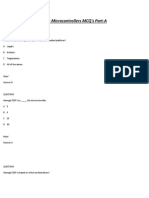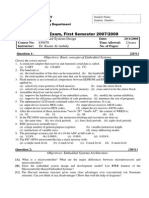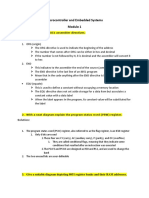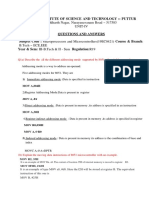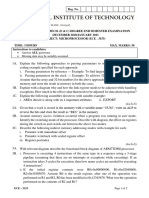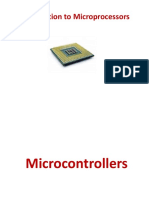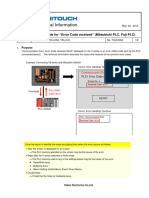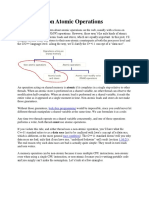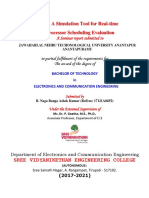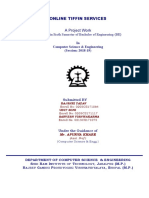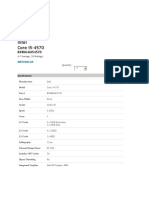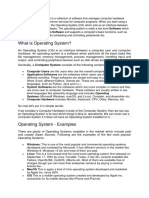0% found this document useful (0 votes)
26 views9 pagesMicrocontroller Test Full
The document is a test for microcontroller and embedded systems, consisting of multiple choice questions and programming tasks. It covers topics such as microcontroller functions, assembly instructions, and memory types. The test requires clear and concise answers, including code for programming tasks and explanations for design questions.
Uploaded by
wakeelsahito12Copyright
© © All Rights Reserved
We take content rights seriously. If you suspect this is your content, claim it here.
Available Formats
Download as PDF, TXT or read online on Scribd
0% found this document useful (0 votes)
26 views9 pagesMicrocontroller Test Full
The document is a test for microcontroller and embedded systems, consisting of multiple choice questions and programming tasks. It covers topics such as microcontroller functions, assembly instructions, and memory types. The test requires clear and concise answers, including code for programming tasks and explanations for design questions.
Uploaded by
wakeelsahito12Copyright
© © All Rights Reserved
We take content rights seriously. If you suspect this is your content, claim it here.
Available Formats
Download as PDF, TXT or read online on Scribd
/ 9








